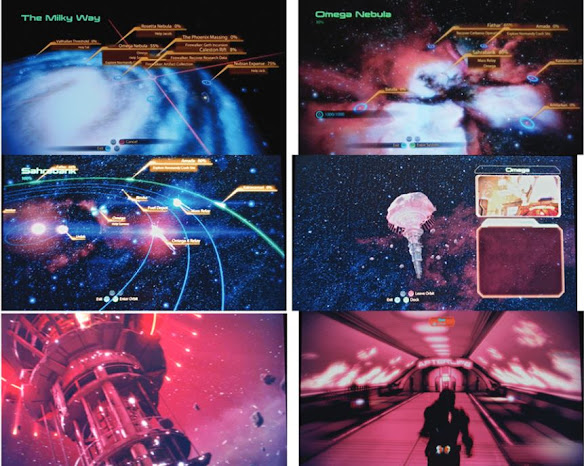Game Stories
Story is the hot part in the game?
So how do we approach story in games? Well, to answer that, we need to look at what has worked in other story forms, and what is unique to the new story form of games.
Let's start with a statement everybody can agree on: Games aren't movies. Movies are not plays.
- Story is dialogue
- Story doesn't matter
- Story is Conflict
Classical story structure:
- It's simple.
- It works.
- First, there's a protagonist, a hero.
- His or her world is thrown out of order by an inciting incident.
- A gap opens up between the hero and an orderly life.
- The hero tries the normal, conservative action to overcome the gap. It fails. The world pushes back too hard.
- The hero then has to take a risk to overcome the obstacles that are pushing back.
- Then there is a reversal. Something new happens, or the hero learns something she didn't know before, and the world is out of whack again. A second gap has opened up.
- The hero has to take a greater risk to overcome the second gap.
- After overcoming the second gap, there is another reversal, opening a third gap.
- The hero has to take the greatest risk of all to overcome this gap and get to that object of desire, which is usually an orderly life.
Character, and why it matters to games
Any good story will have pressures on the hero to bring out these choices, and therefore the character. This is called the principle of antagonism.
Types of conflict and types of story
- Internal conflict happens most naturally in novels.
- Interpersonal conflict happens most naturally in plays, and in soap operas.
- External conflict happens most naturally in movies, and in games.
Empathy, and the big protagonist flip
writers have been trying to create heroes that the audience can feel empathy for: to feel their pain, to cheer them on.
Games and Narrative
Narrative is a pervasive and powerful human phenomenon:
- Personal
- Social
- Cultural
- Economic
Both plot progression and story world are manifest at a variety of nested and
interrelated
degrees of scale. The interface is a critical location for narrativity, plot progression,
and expression of character.
Narrative emotion is situated in the game characters, developed in the plot
progression, and reflected within the interface.
https://www.gamasutra.com/view/feature/130770/what_every_game_developer_needs_to_.php





No comments:
Post a Comment